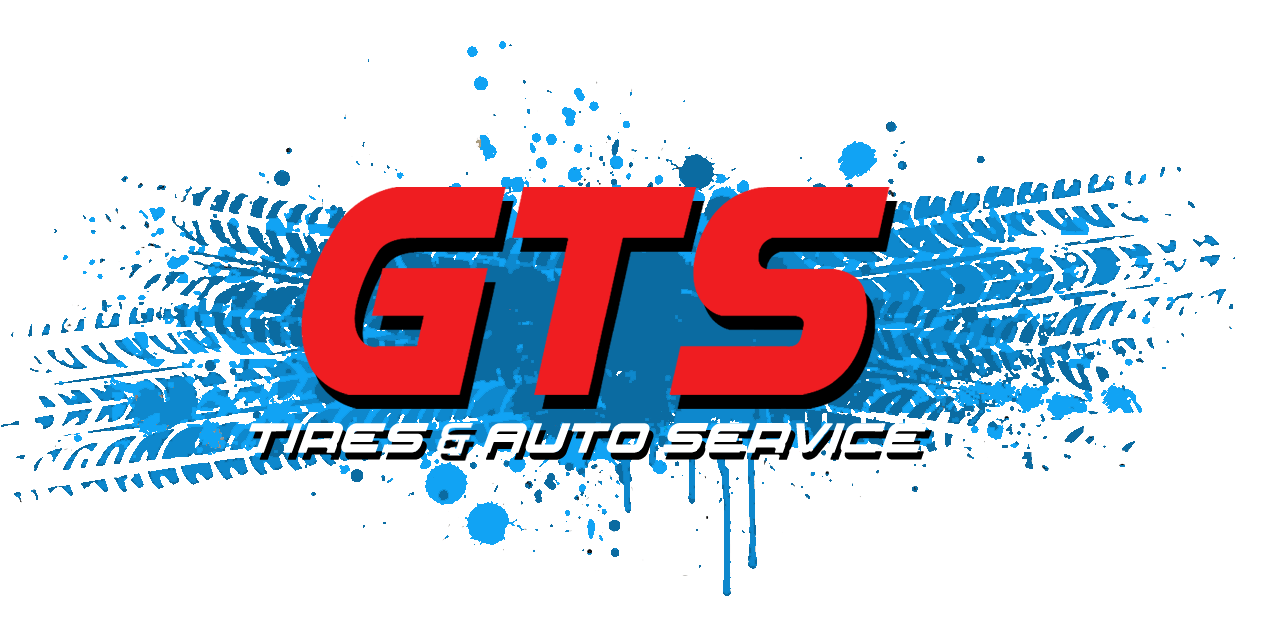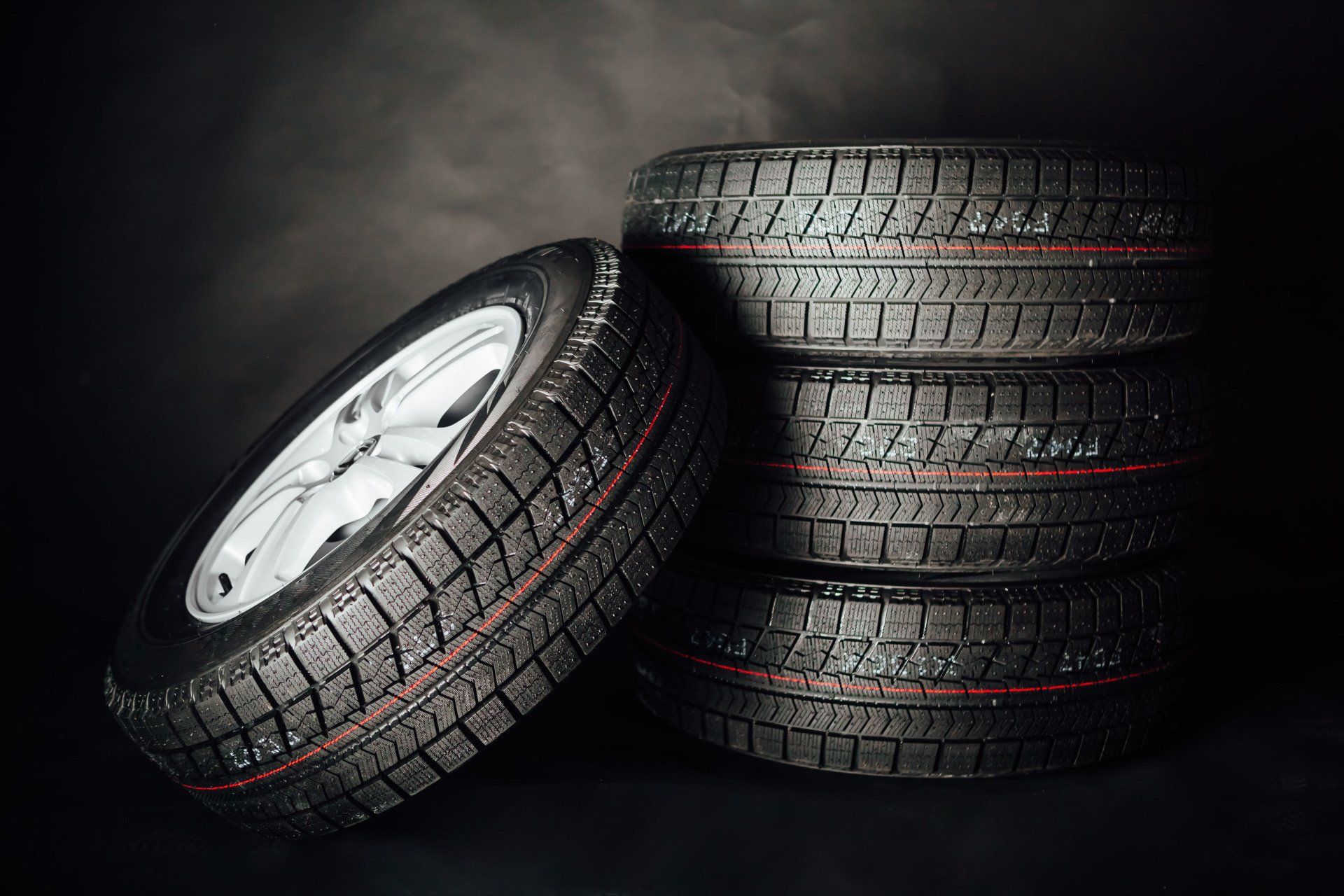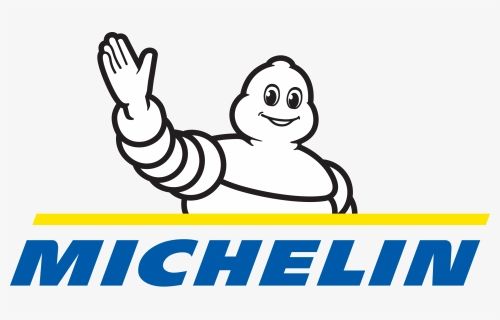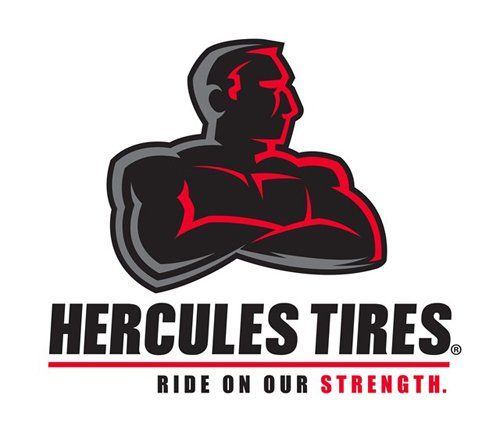6 Signs You Should Visit Tire Sales for a Replacement
By Albert Ramos | November 13, 2025
Maintaining tire health is crucial for both safety and efficiency in driving. Tires are the only point of contact between your vehicle and the road, making their condition vital for optimal driving performance. Proper maintenance and timely tire sales can extend tire life and prevent unexpected issues that might arise. In this article, we will explore various signs indicating when it might be time to replace your car tires. Knowing these signs can help you avoid accidents and ensure a safe driving experience.
1. Inspect Tread Wear for Safety
Check Legal Tread Depth Requirements
Different countries have various legal requirements for tread depth that drivers must adhere to. Driving with tires that have tread lower than this limit can result in fines and increase the likelihood of accidents. Tread depth directly affects braking distance, especially on wet surfaces. Maintaining awareness of tread depth is a key part of vehicle safety.
Detect Uneven Tread Wear Patterns
Uneven tread wear can indicate several underlying issues with your vehicle, including improper wheel alignment, out-of-balance tires, or suspension problems. Regularly rotating your tires helps ensure even wear across all tires, extending their lifespan. If one side of the tire wears faster than the other, it may be time to consult professionals for alignment. Addressing uneven tread wear contributes to the effectiveness of vehicle performance.
Identify Tread Wear Indicators
Modern tires include tread wear indicators to show when replacements are necessary. These indicators are small bars of hard rubber running perpendicular to the tread. When tread reaches these indicators, the tires are at the legal minimum depth. Ignoring these signs can compromise safety. Paying attention to tread indicators ensures that tire sales decisions are timely and informed.
Understand Impact on Road Safety
Tires in poor condition significantly impact road safety. According to Consumer Reports, the National Highway Traffic Safety Administration estimates that 9% of vehicle crashes are related to tire issues. Worn-out treads reduce grip on the road, especially in adverse weather conditions, increasing the risk of accidents. Regular tire assessments and timely tire sales help mitigate these dangers. Ensuring tire health is a straightforward way to enhance safety on the roads.
2. Examine Sidewall Damage Carefully
Spot Cuts and Scrapes on Sidewalls
Inspecting the sidewalls of your tires for cuts and scrapes is vital for maintaining safety. Sidewall damage is sometimes overlooked but can precede a tire blowout. Small cuts or grazes can escalate into major problems if ignored. Regular visual inspections help catch these issues early and play an important role in the car maintenance process.
Recognize Bulging and Weak Areas
A bulging tire sidewall may indicate internal damage or structural weakness. Bulges develop when the sidewall sustains damage, allowing air to penetrate into the outer layers and create weak spots. This condition increases the risk of tire failure while driving. Noticing bulges promptly and addressing them through professional replacement can prevent severe issues and protect road safety.
Determine Causes of Sidewall Damage
Sidewall damage can result from impacts with curbs, potholes, or sharp objects on the road. Excessive wear from improper inflation pressures is another common cause. Driving over rugged terrain or heavily loaded vehicles can worsen sidewall issues. Understanding these causes helps prevent damage and guides effective tire recommendations. Regular maintenance reduces the likelihood of sidewall problems escalating.
Decide Between Repair and Replacement
Deciding whether to repair or replace a tire with sidewall damage is often challenging. Minor damage may sometimes be repairable, but most tire professionals recommend replacement due to safety concerns. Balancing cost with safety usually favors complete tire replacement. Professional assessment ensures accurate tire sales advice and reliable vehicle performance.
3. Address Tire Vibration Immediately
Identify Causes of Tire Vibration
Tire vibration or thumping while driving can stem from misaligned tires, unbalanced wheel assemblies, or damaged tires. These vibrations often indicate underlying problems requiring attention. Unresolved, they may cause uneven wear and long-term damage to tires and suspension. Identifying vibration issues promptly is essential for smooth driving.
Understand Effects of Imbalance
Tire imbalance occurs when weight distribution across the tire and wheel assembly is uneven. This can result from manufacturing variations or accumulated debris. Imbalances contribute to vibrations and reduce fuel efficiency by increasing rolling resistance. Correcting imbalance ensures smoother operation and informs tire sales decisions by highlighting replacement needs.
4. Evaluate Cracks for Structural Integrity
Recognize Weathering Cracks in Tires
Weathering cracks in tires often occur due to exposure to harsh climate conditions. Extreme temperature changes and sunlight can degrade tire materials over time. The rubber develops fine lines or cracks, particularly when tires are consistently exposed to environmental elements. Identifying weather cracking helps guide preventative maintenance and tire sales recommendations.
Identify Dangerous Structural Cracks
Not all cracks pose immediate threats, but large, deep cracks that penetrate the tire’s inner layers are especially concerning. Inspecting for these cracks helps prevent sudden tire failures. Professional evaluation can confirm whether replacement is necessary, ensuring that tire sales are timely and vehicles remain safe for driving.
5. Assess Tire Age for Timely Replacement
Understand Tire Lifespan and Usage
Tire lifespan depends on usage, driving conditions, and maintenance. While most manufacturers suggest replacement within six to ten years, actual longevity varies. Age alone should not be the only factor; inspecting wear patterns and overall condition is equally important. Considering tire age is an integral part of responsible tire maintenance.
Follow Manufacturer Guidelines
Manufacturers provide guidance on tire life expectancy and maintenance recommendations. Following these guidelines supports tire longevity and warranty compliance. Recommendations typically include age-based inspections and specific usage guidelines. Observing these guidelines informs overall vehicle safety.
Read the DOT Production Code
The DOT code on tire sidewalls shows production date and compliance. The last four digits specify the week and year of manufacture. Knowing how to read this code helps determine tire age, guiding replacement timing and professional tire recommendations. Older tires may pose reliability risks that can be avoided through careful inspection.
6. Monitor Frequent Air Loss Accurately
Detect Common Causes of Air Loss
Frequent air loss often points to underlying issues such as punctures, valve stem damage, or bead leaks. Cold weather or under-inflation can also contribute. Quickly identifying the source prevents further deterioration and informs necessary repair actions. Timely attention protects both tires and overall vehicle performance.
Spot Slow Leaks Effectively
Slow leaks can be difficult to detect without careful observation. Monitoring tire pressure over several days and checking dashboard alerts helps identify leaks. Using soapy water tests on rims or valves highlights potential problems. Early detection ensures minor issues do not escalate, supporting informed maintenance practices.
Understand Impact on Fuel Efficiency
Frequent air loss not only affects safety but also decreases fuel efficiency. Under-inflated tires increase rolling resistance, consuming more fuel and raising costs for drivers while contributing to higher carbon emissions. Maintaining proper tire pressure improves efficiency and guides smart choices. Regular checks protect vehicle performance and reduce unnecessary expenses.
Staying on top of tire care means paying attention to signs that affect both safety and performance. Monitoring tread wear, sidewall condition, vibrations, cracks, age, and air pressure helps keep your vehicle road-ready and operating efficiently. Taking action before minor issues become major problems protects your tires and enhances driving confidence. For expert guidance, solutions, and tire sales, learn more at GTS Tires & Auto Service.


















Share On: